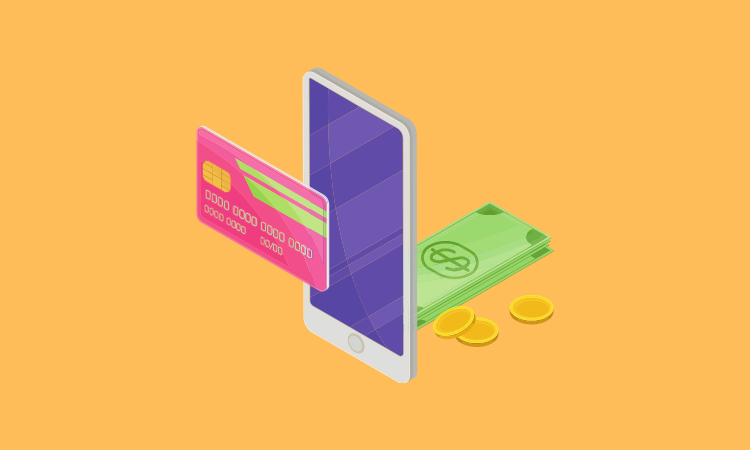Member Exclusive, Payments
Payments Briefing: B2B payments are slowly catching up with B2C
- This week, we look at how B2B transactions are going digital.
- Bar Geron, co-founder and CEO of payments firm Balance, says that B2B ecommerce is following the same trends as B2C – just some years later.








